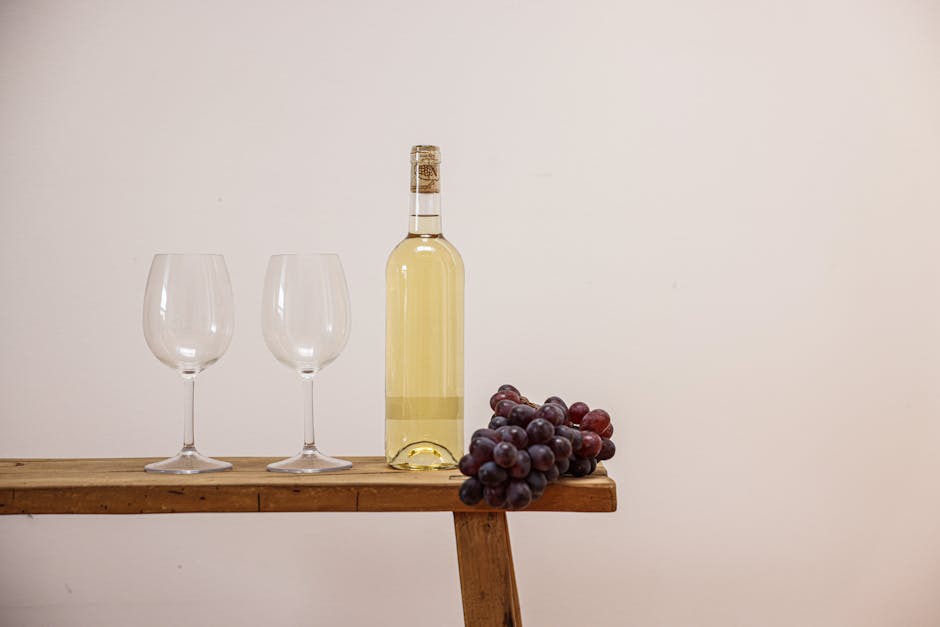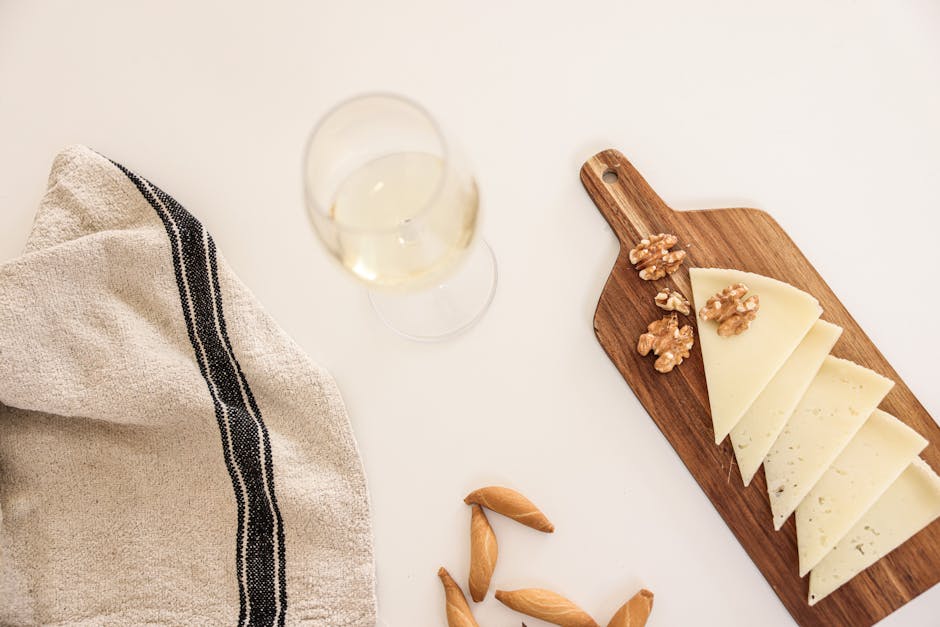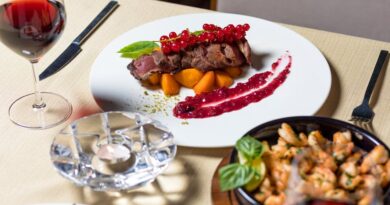Understanding Food and Wine Pairing Basics
Have you ever wondered why certain foods taste better with specific wines? Understanding the basics of food and wine pairing can enhance your dining experience and elevate the flavors on your plate. Let’s explore some simple guidelines to help you make the perfect match.
Why Does Food and Wine Pairing Matter?

Pairing food and wine enhances the overall dining experience by complementing and enhancing the flavors of both. When done correctly, the right pairing can elevate a meal from good to exceptional, creating a harmonious balance on your palate.
Matching Intensity

One of the fundamental principles of food and wine pairing is matching the intensity of the wine with the dish. For example, a bold Cabernet Sauvignon pairs well with a juicy steak, while a light Pinot Grigio complements a delicate fish dish.
Consider the Flavors

When pairing food and wine, consider the flavors of both. For example, a spicy dish pairs well with a slightly sweet wine to balance out the heat. Similarly, a creamy pasta dish can be complemented by a crisp, acidic white wine.
Pair Based on Preparation

Consider how the dish is prepared when choosing a wine. For example, a grilled dish pairs well with a smoky red wine, while a citrusy white wine complements a dish with a tangy sauce.
Experiment and Trust Your Palate
While there are guidelines for food and wine pairing, don’t be afraid to experiment and trust your palate. Personal preference plays a significant role in finding the perfect match, so feel free to try different combinations to discover what works best for you.
Practical Tips for Food and Wine Pairing
- Pair white wines with light meats and fish.
- Pair red wines with red meats and hearty dishes.
- Consider the sauce when choosing a wine for pasta dishes.
- Don’t be afraid to try unconventional pairings to discover new flavor combinations.
Real-Life Example: Steak and Cabernet Sauvignon
Imagine sitting down to a perfectly cooked steak paired with a bold Cabernet Sauvignon. The rich, savory flavors of the steak complement the tannins in the wine, creating a luxurious dining experience that you won’t soon forget.
Conclusion
Understanding the basics of food and wine pairing can enhance your dining experience and take your meals to the next level. By considering factors like intensity, flavors, and preparation methods, you can create harmonious pairings that elevate the enjoyment of both your food and wine. So, next time you sit down to a meal, don’t forget to consider the perfect wine to go with it.




